Confronted with the need for efficient and sustainable management of water resources, the CSTB is scientifically involved in this field, with the aim of reducing the anthropogenic impact of constructions and promoting sustainable buildings and cities. In this way, the “water cycle” of a building, the plot of land and the surrounding neighborhood, is examined in full scale tests and simulations.
From the components of the indoor systems of a building (piping, fixtures, etc.), to structures at the scale of a neighborhood (wastewater treatment processes and underground wastewater and rainwater treatment equipment), the CSTB mobilizes exceptional experimental resources (the AQUASIM major facility) as well as digital simulation tools for characterizing and optimizing the sanitary, environmental and mechanical performance of various water management systems.
Expertise
Water cycle expertise concerns:
- for the indoor piping of buildings, the impact of materials on the quality of the water (emerging chemical substances, microbial germs such as Pseudomonas and Legionella), and the impact of the water on the durability of the components (the problem of deterioration);
- saving water, recovering rainwater and using it for toilets, recycling after treatment of greywater in or outside buildings;
- recovering heat from greywater in buildings and from wastewater at the neighborhood level;
- treating wastewater using on-site or decentralized processes, infiltration of treated wastewater in the underground water table;
- storing, treating and infiltrating rainwater at the scale of a building or a neighborhood;
- recreational waters: decision-making support and project management optimization in the design and operation of public swimming pools;
- sensory quality of water: the PULSE Laboratory measures and analyzes the organoleptic properties of drinking water based on objective indicators, to obtain a clear assessment of its taste and olfactory qualities, and to improve the service provided to consumers.
The CSTB has a major research facility for full scale experiments in controlled conditions (AQUASIM):
- in “normal” operating mode and/or downgraded operating mode with all types of wate (modified drinking water, greywater, rainwater and wastewater of different types),
- with conventional pollutant measurements and/or breakthrough analyses derived from the world of research (emerging waterborne pollutants, sensory analysis of the taste of water, microbiological analysis by genomic amplification).
The CSTB also offers:
- digital simulations, optionally combined with physical trials for the study of the mechanical and hydrodynamic behavior of water management facilities,
- assistance in analyzing the life cycle of materials, components and processes in connection with structure design support tools such as ELODIE.
- scientific and technical feasibility studies on innovative technologies (identification of constraints imposed by regulations, standards and technology),
- specific expertise regarding in situ structures (deterioration of the materials of indoor water piping, pathologies in on-site sanitation, etc.).
Resources
- Test bench for studying the long-term behavior (durability) of the fixtures and pipes included in the new technologies of indoor piping systems.
- Test bench for studying pool water dechloramination systems
- Detailed analysis methods: microorganisms (PCR, etc.), chemical micropollutants (GC MS-MS)
- Objectification method for sensory measurements (physiology) for the detection of the taste of
- Test bench for studying the sanitary performance of greywater treatment processes
- Test bench for studying green roofs (thermal and hydric performance)
- Ground infiltration plots for the study of infiltration systems of rainwater, runoff (hydrocarbons) and treated wastewater
- Characterization platform for on-site rainwater treatments
- Climatic basin for studying the thermal effect on wastewater treatment or heat recovery (hot and cold climates)
- Test benches for studying energy recovery technologies (heat) in wastewater
- Test bench for studying waterborne emissions of materials: tests on products (biocides, materials, waste, roofs, facades, etc.).
- Test benches for studying the mechanical behavior of underground structures (recycled materials):
- at the laboratory level (physico-chemical, mechanical)
- at full scale under the effect of rising groundwater levels
- Digital simulation (extrapolation to other scales)

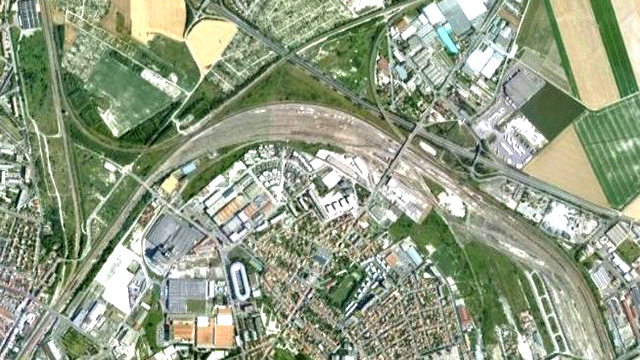
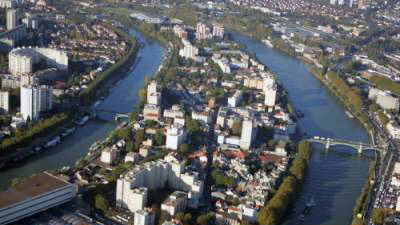
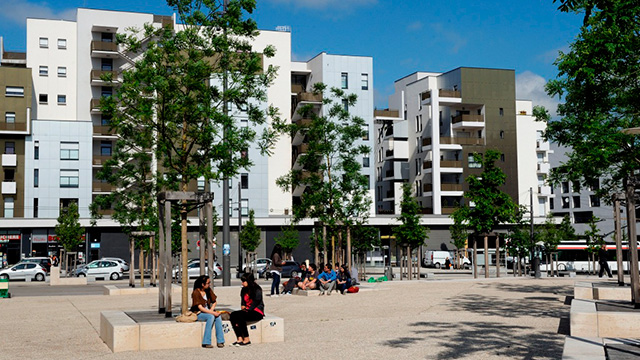
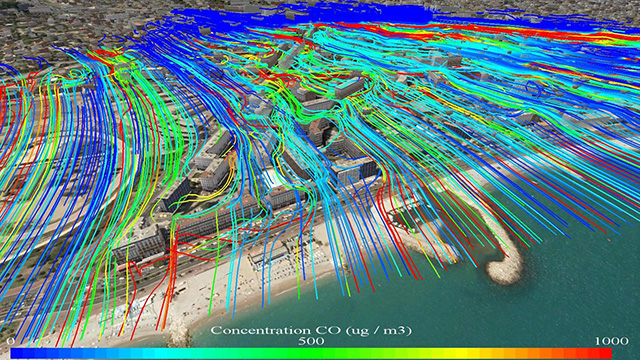
 Energy & Environment
Energy & Environment 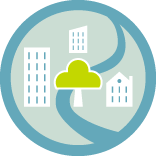 Urban Development
Urban Development